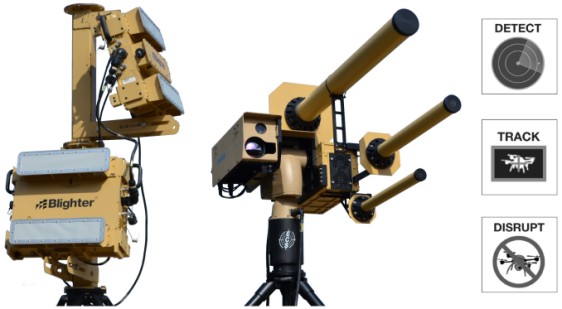The U.S. military recently concluded its annual training exercise known as “Black Dart,” testing out multiple methods of disabling unmanned aerial vehicles known as “drones.” News reports in the U.S. of a private drone operator interfering with firefighting or air transportation have become more frequent recently and the phenomenon has not been restricted to America. Japanese Prime Minister Shinzo Abe’s residence was trespassed by an irradiated drone, and drone sightings have been made over French nuclear reactors. The Black Dart exercises are a means to develop both the strategy and technology to defend against the inevitable occurrence of small drones being used as weapons or surveillance devices.
Although no terrorist attack has been successful in using a drone, in 2012 a Northeastern University student was put in prison for 17 years for attempting to attack U.S. targets using a drone carrying C-4 explosive. The objective of the Black Dart exercise is to prevent such attacks, using lasers, missiles, or jamming devices.
One method that was demonstrated involves a radar system made by SRC Inc., which operates in tandem with a kamikaze-type drone made by AeroVironment. The radar system known as AN/TPQ-50 has previously been used to locate hostile enemy fire, but in this application locates the enemy drone before AeroVironment’s “Switchblade” drone then destroys it. SRC also demonstrated one of its newer radars known as SR Hawk, which is capable of 360 degree surveillance of land, sea, and air targets.
There is more to the problem than just disabling drones, the first step is determining that the object is not a bird, and also not a friendly. Then the worry becomes what the potential collateral damage will be if the enemy drone is operating over civilian territory, which may lead to the attempt of hijacking the drone so it may be evacuated from the area.
With civilian drones becoming both more advanced and available, the push for more restrictive laws on their operation is also moving forward. California has introduced legislation that would determine the situations where police are allowed to disable civilian drones, such as in areas where firefighters are operating. Once the first drone attack occurs, the relative freedom that hobbyists now enjoy will likely be over. The legal moves pave the way for civilian law enforcement to use such drone detection and disabling systems.
Stay Connected